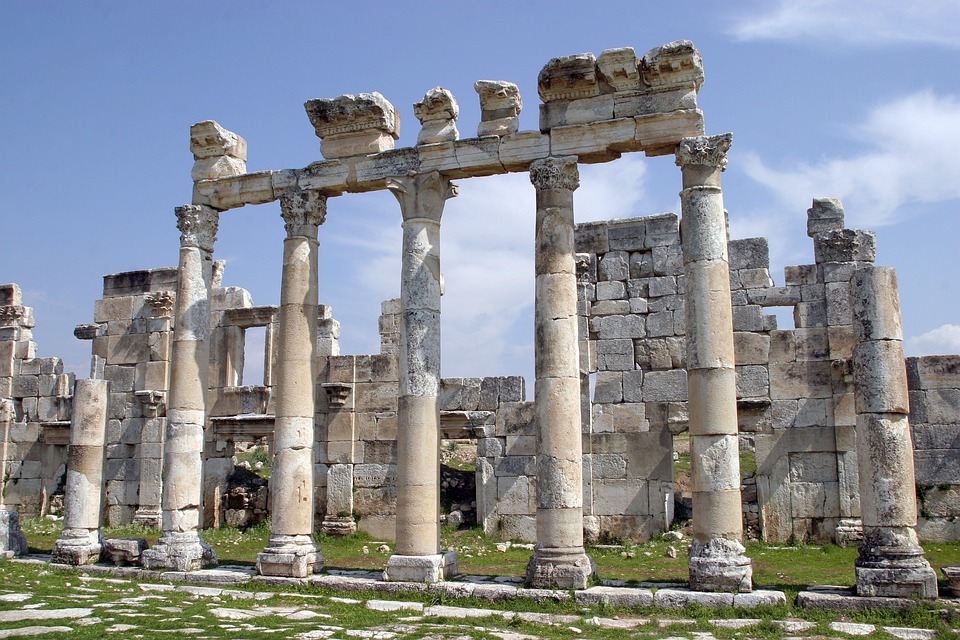
Syria, a country located in the Middle East, has been embroiled in a bloody civil war since 2011. The conflict has led to a humanitarian crisis, with millions of Syrians displaced and in need of aid. To fully understand the ongoing situation in Syria, we need to delve into the country’s socio-political standing which plays a crucial role in shaping the narrative.
Historical Backdrop
Before the Syrian Civil War
Syria’s socio-political history is laden with inconsistencies, tumultuous power shifts and revolts. Post the fall of the Ottoman Empire; Syria was subjected to French rule which gave way to multiple nationalist uprisings. Gaining independence in 1946, Syria underwent a series of military coups with the Ba’ath party eventually seizing power in 1963. Hafez al-Assad assumed presidency in 1971, firmly cementing Syria’s authoritarian structure, which saw limited political liberties and negligible economic freedom – a status quo that largely prevailed until the outbreak of the Syrian Civil War.
The Onset of The Syrian Civil War
The Syrian Civil War was sparked by the 2011 Arab Spring movement which demanded greater political freedom and the end to Bashar al-Assad’s regime, son and successor of Hafez al-Assad. A brutal crackdown on protestors by the government led to a full-blown conflict involving various forces – local, regional and international.
Current Socio-Political Landscape
Syria today is trapped in a complex civil war that includes various actors with divergent interests and platforms, making the possibility of a unifying political resolution increasingly opaque.
Bashar al-Assad and the Current Regime
Despite the pressure and conflict, Bashar al-Assad’s regime remains in control of a significant portion of Syria, including key cities like Damascus and Aleppo, thanks to military support from Russia and Iran. His government has been accused of numerous human rights abuses, including the use of chemical weapons against its own citizens.
The Opposition Forces
The anti-Assad opposition is fragmented, comprising of different factions such as the Free Syrian Army – representing defected military officers and soldiers, and a plethora of Islamist groups including the jihadist extremist groups like ISIS.
Kurdish Forces
The Kurdish forces have significant control over northeastern Syria, bolstered by their effective fight against ISIS. Their pursuit for greater autonomy has added another layer of complexity to the Syrian narrative.
Role of International Powers
The conflict in Syria has drawn in multiple international actors. The US and its allies have been supporting the opposition, while Russia and Iran have propped up the Assad regime.
Humanitarian Crisis and its Consequences
The Syrian Civil War has resulted in a massive humanitarian crisis. The United Nations Office for the Coordination of Humanitarian Affairs (OCHA) estimates over 13 million Syrians require humanitarian assistance, with over 5 million Syrians registered as refugees. The crisis has had a significant impact on neighbouring countries and Europe, putting strains on their resources and sparking political tensions.
Path towards Resolution
A resolution of the Syrian crisis remains elusive due to the complexities involved, with divergent interests of local, regional and global powers. A possible political settlement needs to consider the legitimate grievances that sparked the civil war, the realpolitik of power dynamics, and the geopolitical interests of external actors.
Understanding the socio-political backdrop and current dynamics in Syria is crucial for comprehending the conflict and contemplating possible paths towards resolution. The future of Syria will depend heavily on these challenging considerations, with proactive international cooperation being key to any successful resolution.